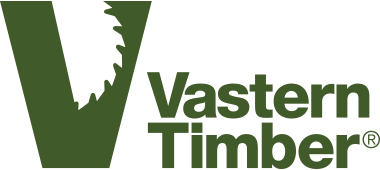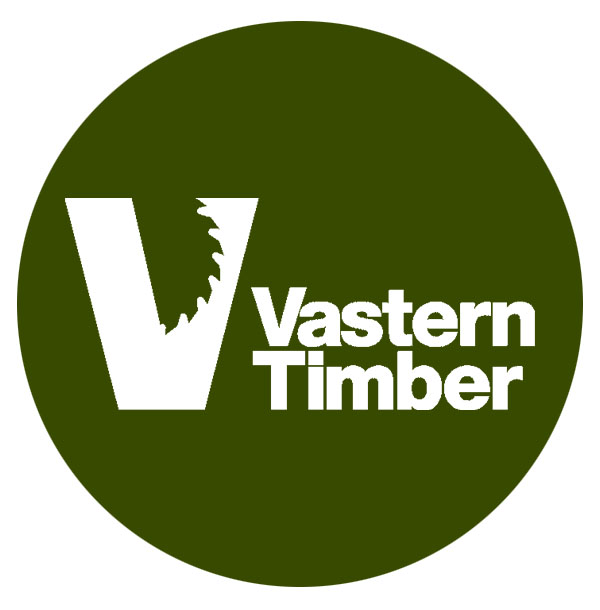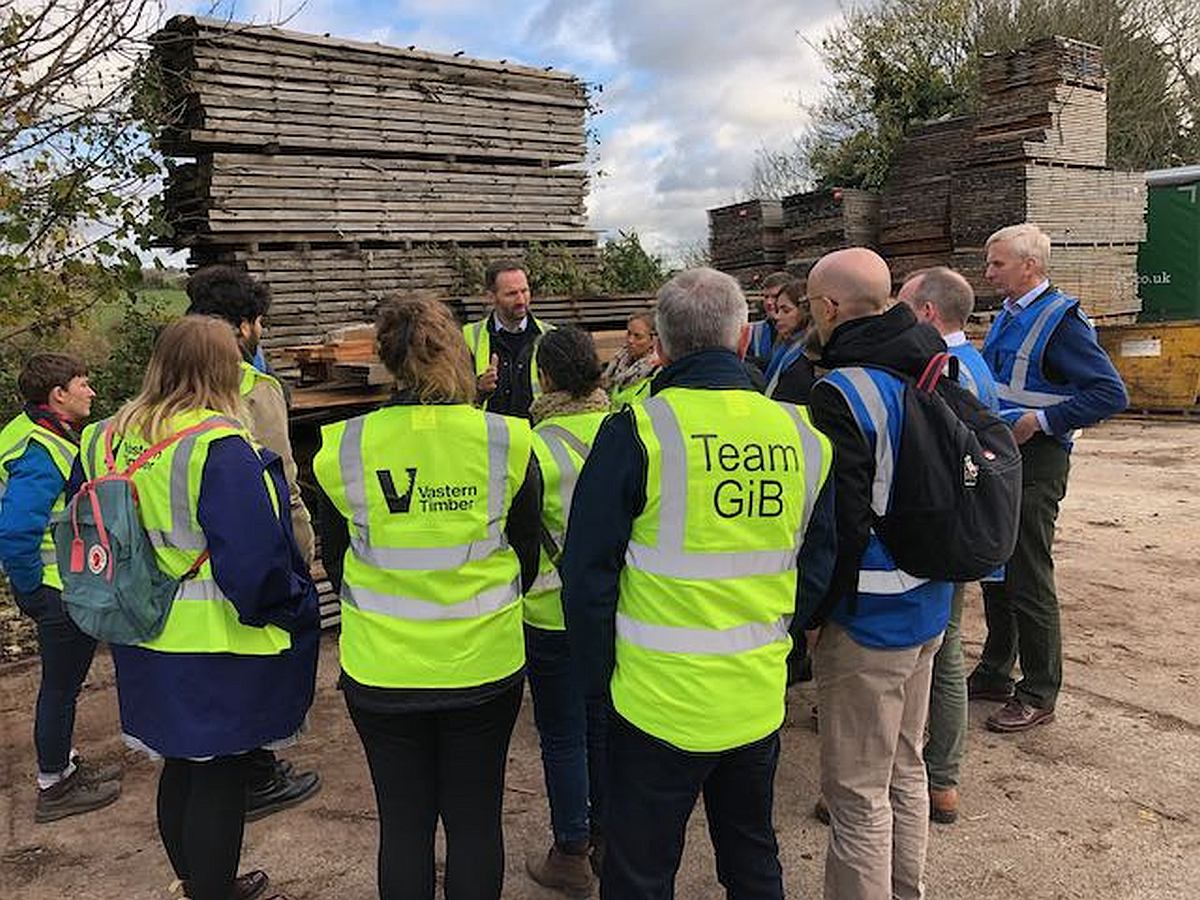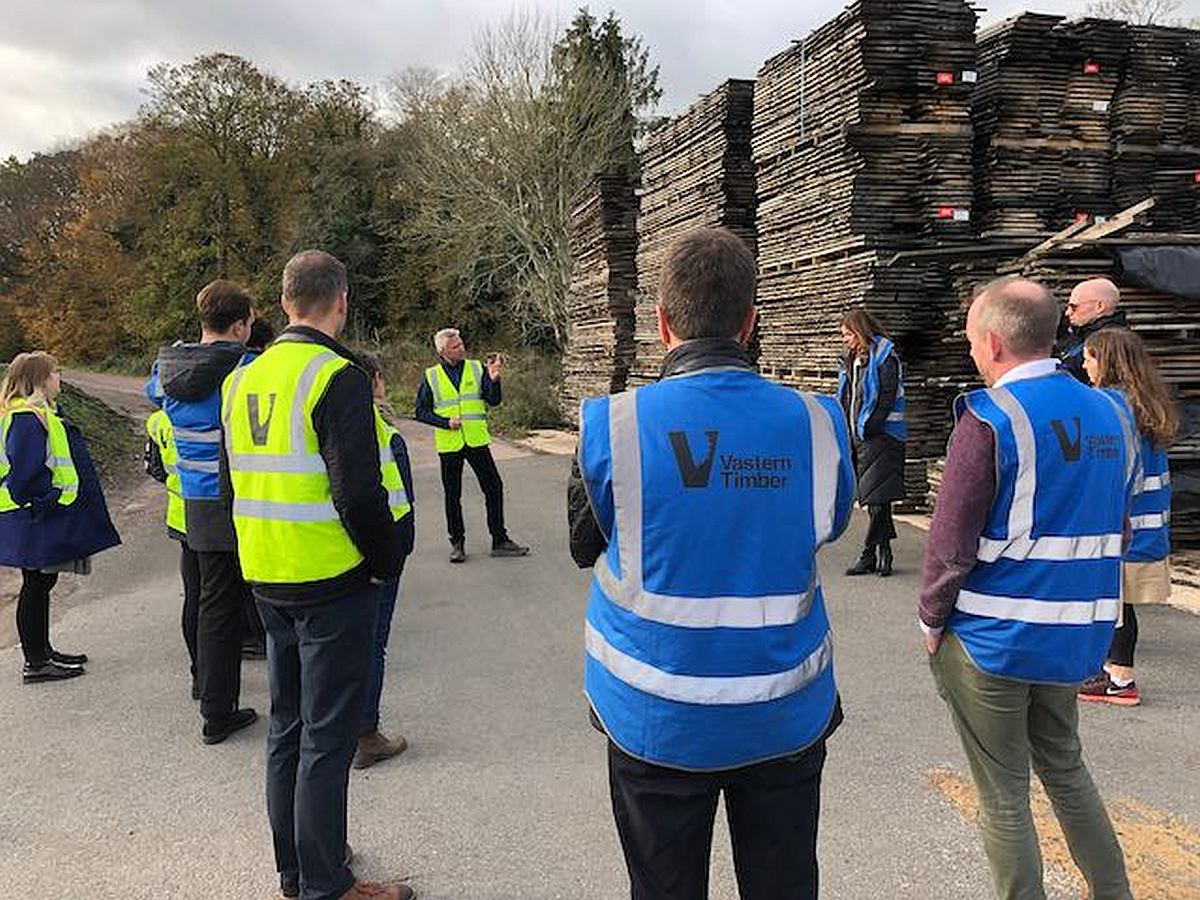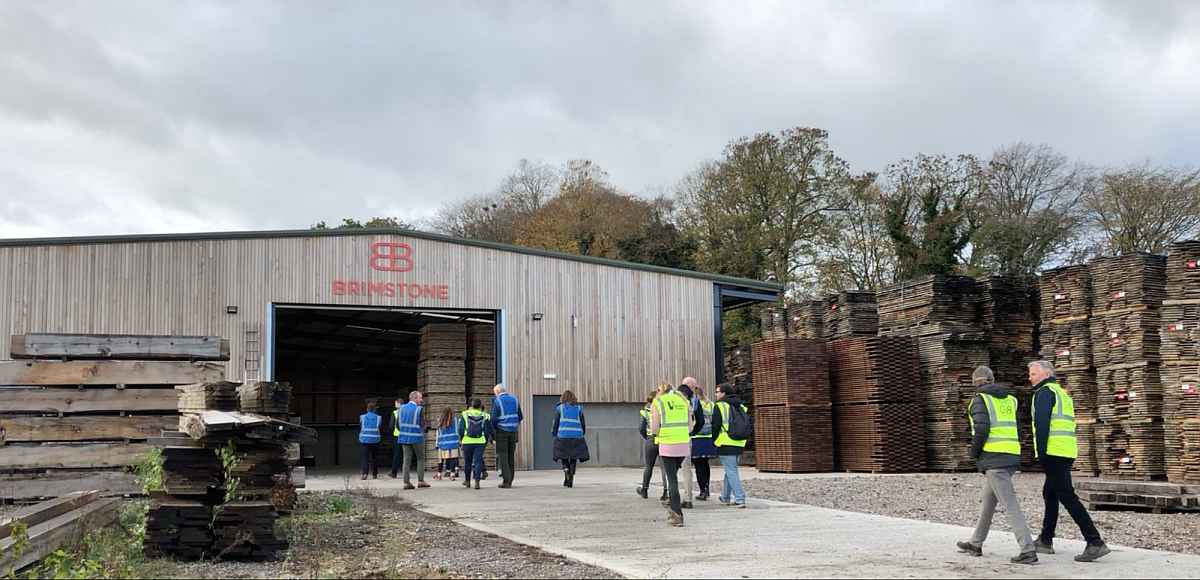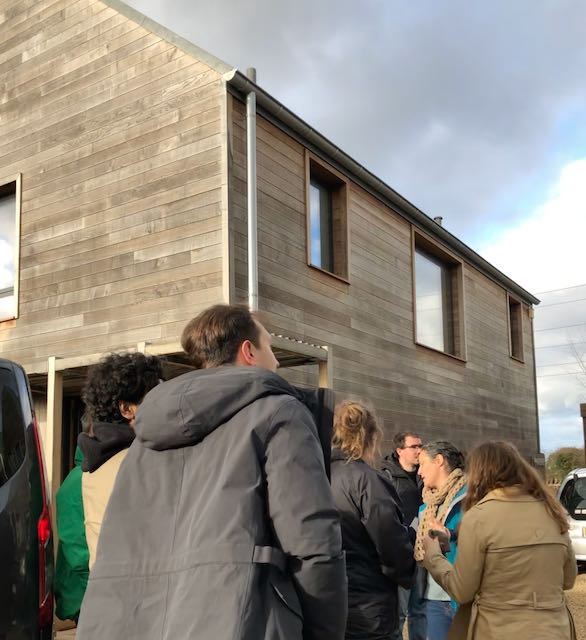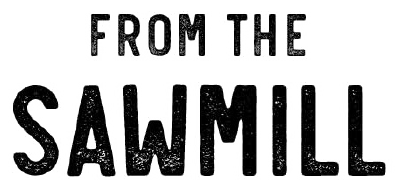November 24, 2022
Sawmill & Show Home tour for DEFRA delegation
Last week, Vastern Timber, Veya Homes and Grown in Britain welcomed a delegation from DEFRA and the Forestry Commission. Guests were taken on a tour of Vastern’s sawmill, and then visited a new house build from Veya Homes, highlighting the potential of British grown timber in sustainable construction.
The group of DEFRA officials and policy advisors were shown how locally grown wood is transformed at Vastern Timber’s sawmills into construction material that’s suitable for local developments.
The tour concluded at a timber framed, timber clad family home built by Veya Homes, which is the first to be certified ‘Grown in Britain.’
Delegates were welcomed to Vastern’s oak framed showroom, where Vastern MD Tom Barnes talked about the value and potential of British grown timber as a building material, and Dougal explained a little of the history of Grown In Britain (GIB) timber certification. Tom discussed the carbon footprint of local timber, as revealed by the recent audit undertaken at Vastern Timber, and his plans with Confor to help draft a much-needed National Timber Strategy, to encourage use of UK timber in sustainable construction. A document that Defra officials have welcomed
The group toured the Vastern sawmill, looking into the production processes of machining timber to produce cladding, beams and flooring. Tom explained that the vast majority of timber processed at the Vastern sawmills was Grown in Britain.
As one DEFRA delegate asked about the availability of local wood, the group noticed that the yard they were in was stacked high and wide with planks marked ‘GIB.’ Dougal emphasised the importance of valuing local woods, and celebrated the growth of the GIB certification scheme over the past ten years. He said many woods remained under managed and the steady supply of quality timber for sawmills was an issue.
The DEFRA team toured the Brimstone thermal modification plant, which is the first of its kind in the UK. Tom described how the thermal modification process alters the wood, making the timber become stable and durable.
Dougal said the process means that fast grown local woods – like ash, poplar and sycamore, which are not naturally durable – become stable and suitable for outdoor use. The process makes local wood more useful for local construction projects and it reduces the need to transport heavy materials for thousands of miles. So Brimstone ash can replace imported hardwood cladding like Canadian Cedar or Siberian Larch.
The group then took a short trip to a development of new homes near Bristol, to view British grown timber-framed houses, which are clad with locally grown Brimstone ash. This beautiful development of eco-friendly family homes, was built almost entirely using locally sourced materials, with sustainability in construction and future energy consumption prioritised during the build. See the properties for sale on the Rightmove website.
Veya Homes director Andrew Harvey said ‘Sourced correctly, timber is probably the most sustainable building material we have available. This house uses about three times the timber of the standard new build. Commercially we have to be competitive, and this building is priced at the market rate for this location. We can see the potential for homes to be built efficiently and sustainably with a low carbon footprint, both during the build and after.”
The majority of timber used in these homes, for everything from the timber frame to the cladding, joinery and window-frames was sourced from British grown wood. The building is the first to receive Grown in Britain ‘Project’ certification, and Dougal marked this milestone by presenting a certificate to the developers at the end of the tour.
Find out more in our Veya Homes case study.
